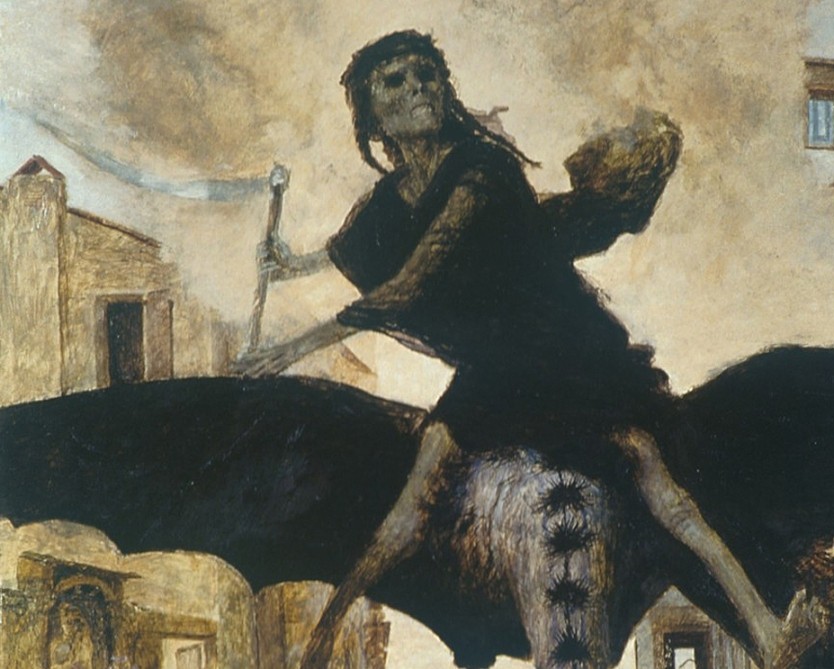
Within the framework of this study, the history of the origin and evolution of the medical police in Russia in the period of the 18th — the first half of the 19th centuries is subjected to. The aim of the work is to assess the quality of the impact of the work of the medical police on the situation within the empire. The research methodology is built through a combination of elements of comparative, systemic and functional analysis. The source base of the work includes previously unpublished office documents from archival funds and a body of legislative acts. The author comes to the conclusion that for most of its existence in the pre-reform period, the military police system covered mainly cities, while its presence was most intensively felt in district and provincial centers. Direct and indirect methods of influencing the situation in rural areas, available to the medical police, were quite limited. The breadth of functionality, combined with a shortage of personnel and a general lack of resources, a priori leveled the effectiveness of the work of the medical police. Gaps in the legislation also played their role: while attributing certain functions to the police, the drafters of legal acts did not give it the appropriate powers. The situation was aggravated by the presence of an alternative “decision-making center” in the form of territorial communities of landowners, which had a significant impact on the political system and were capable of sabotaging many initiatives of the authorities. At the same time, it should be noted that for most of the period under study, a full-fledged state administration apparatus of the modern type was in a state of formation. It acquired a relatively complete form only during the reign of Nicholas I, when the system of executive power was finally saturated to an acceptable level with qualified personnel, and the management process itself began to be built on the basis of project and strategic approaches. Given these circumstances, it can be argued that during the period under study, the foundations were laid for the organization of a new type of medical police, corresponding to the realities of an agrarian-industrial society. Significant experience was gained in carrying out sanitary and epidemiological measures, and the mistakes and miscalculations made earlier in most cases were subjected to reflection and taken into account when developing new methods to counteract the spread of dangerous diseases. At the same time, there was a clear need to increase the funding and powers of the medical police, improve staffing, and create specialized structures to which the police apparatus could delegate redundant functions (for example, veterinary control).
Source: Bakulina A., Bakulin I., Krishtaleva T. (2022) The Development of the Medical Police System in the 18th – the first half of the 19th centuries. Bylye Gody. 17(1): 17-24
Source web-site: https://bg.cherkasgu.press/journals_n/1646146050.pdf
Number of views: 2056